

Max Davies
2025 Toyota Corolla SX review
5 Days Ago

Contributor
Is this our first proper look at Volvo‘s smallest SUV?
The upcoming Volvo EX30 has been leaked briefly on the company’s website, as reported by Swedish publication Allt om Elbil, ahead its official reveal on June 7. It should arrive in Australia before the end of 2023.
There was a single photo on the Volvo website that showed the side profile of the EX30 without the typical draped covering. The website now once again shows the electric crossover under silks.
The EX30’s design appears to blend elements of the EX90, as well as the Polestar 3 large SUVs. This is in a vehicle that’s smaller than the C40 and XC40, which are both more than 4.4 metres long.

Previous patent images published on Spanish website Cochespias revealed the electric SUV is more upright than the C40 but somewhat more rakish than the XC40.
We’re yet to see a proper image of the EX30’s interior, but the Spanish website also shared a trio of spy images from China that depicts the cabin.
There’s a large, portrait-oriented touchscreen that appears to be flanked by vertically oriented air vents, while the gear shifter is positioned on the steering column.
There’s a prominent ledge running along the dashboard, while the front floor appears to be flat with the centre console separated from the dash.
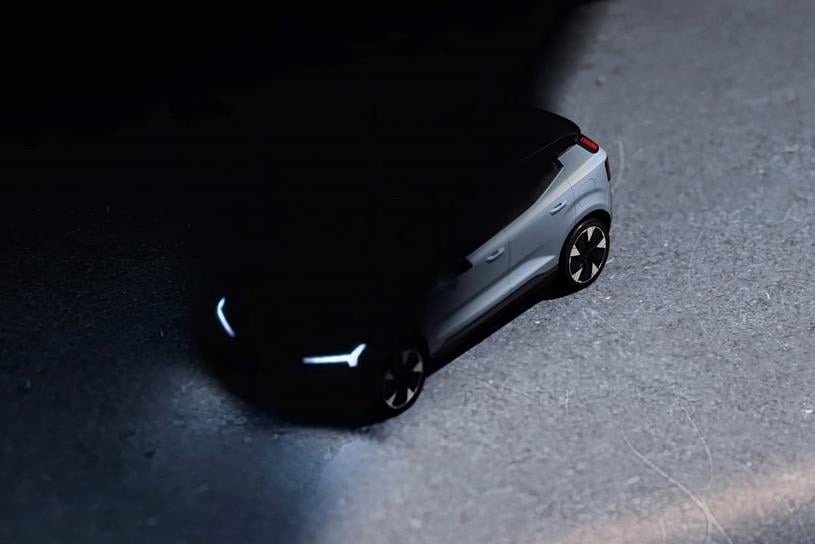
As previously reported, the EX30 will reportedly be based on the Sustainable Experience Architecture (SEA) underpinning other vehicles under the Geely umbrella like the Smart #1 and Zeekr X.
While pricing won’t be revealed until later this year, Volvo CEO Jim Rowan has previously said he expects the crossover to “reach a different price demographic”.
Smaller battery options, which Mr Rowan said will allow buyers to “choose the range that best fits their lifestyle and their budget”, are expected to help bring pricing down.
Volvo has high hopes for the small electric crossover, saying it will play a “big part” in achieving its ambitious sales target of 1.2 million cars per year by 2025.
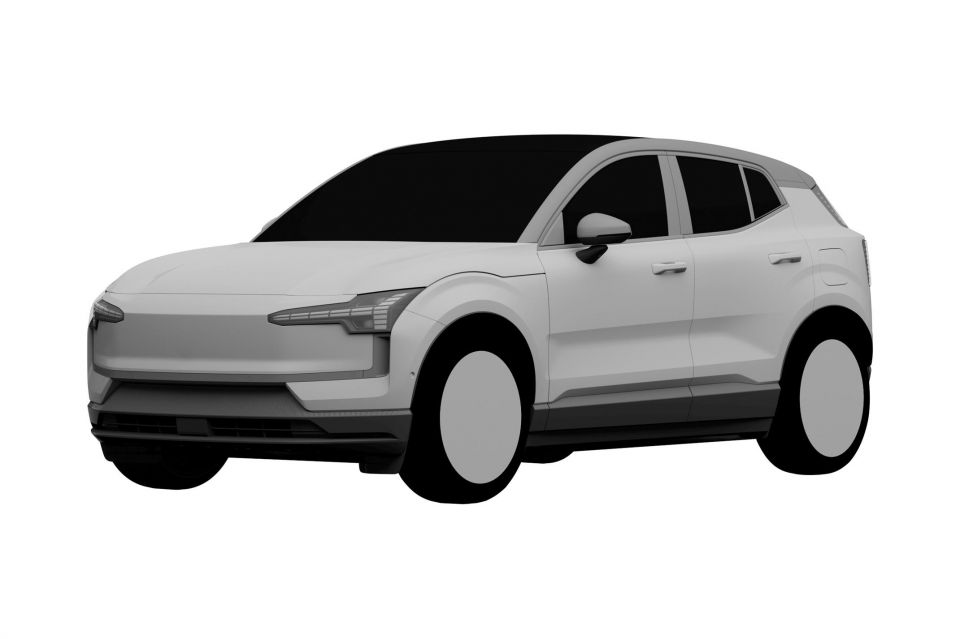
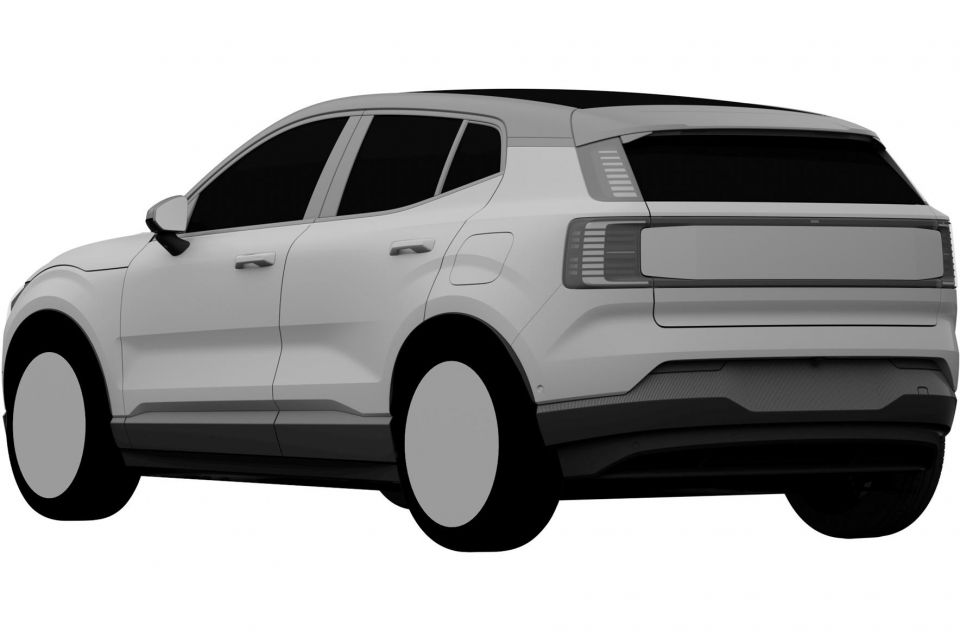
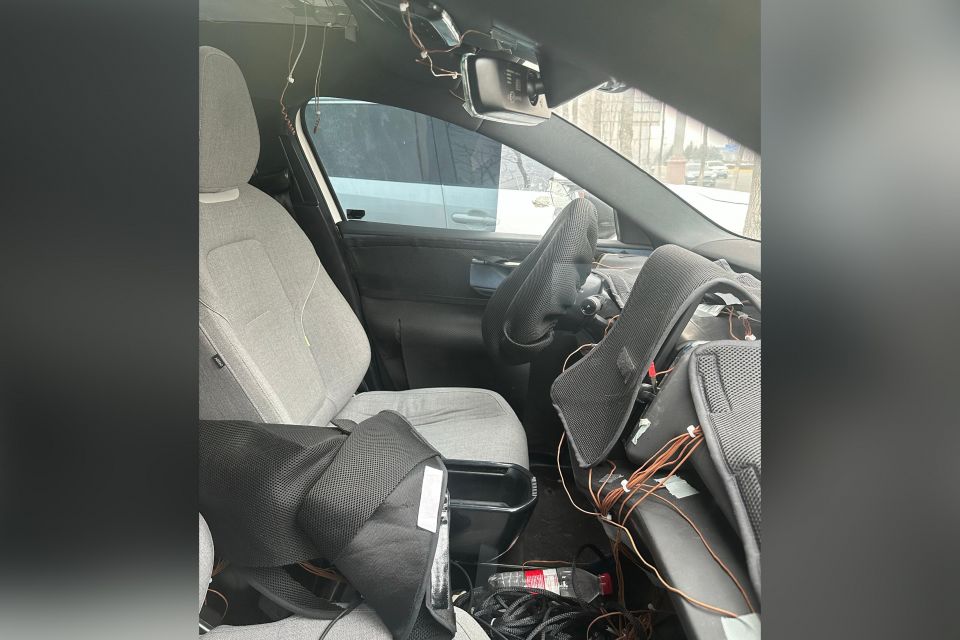
In some markets Volvo may offer a subscription service for a minimum three-month term to also encourage buyers, though the company won’t offer swappable batteries as some Chinese carmakers are doing.
It says it won’t do this due to safety reasons. The battery has been placed in a location which is in an “integral” part of the car’s crashworthiness.
Volvo plans to become an EV-only brand by 2030, with its Australian line-up going all-electric by 2026.
Where expert car reviews meet expert car buying – CarExpert gives you trusted advice, personalised service and real savings on your next new car.
Jack Quick is an automotive journalist based in Melbourne. Jack studied journalism and photography at Deakin University in Burwood, and previously represented the university in dance nationally. In his spare time, he loves to pump Charli XCX and play a bit of Grand Theft Auto. He’s also the proud owner of a blue, manual 2020 Suzuki Jimny.


Max Davies
5 Days Ago


James Wong
4 Days Ago


James Wong
3 Days Ago


Max Davies
2 Days Ago
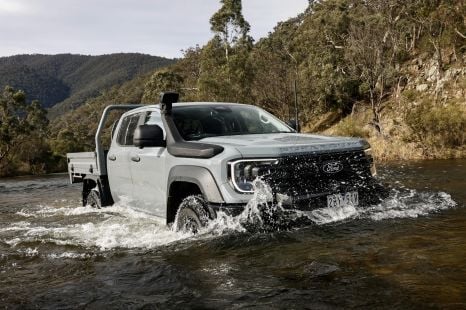

Max Davies
20 Hours Ago


Marton Pettendy
20 Hours Ago